Didier M. ROCHE
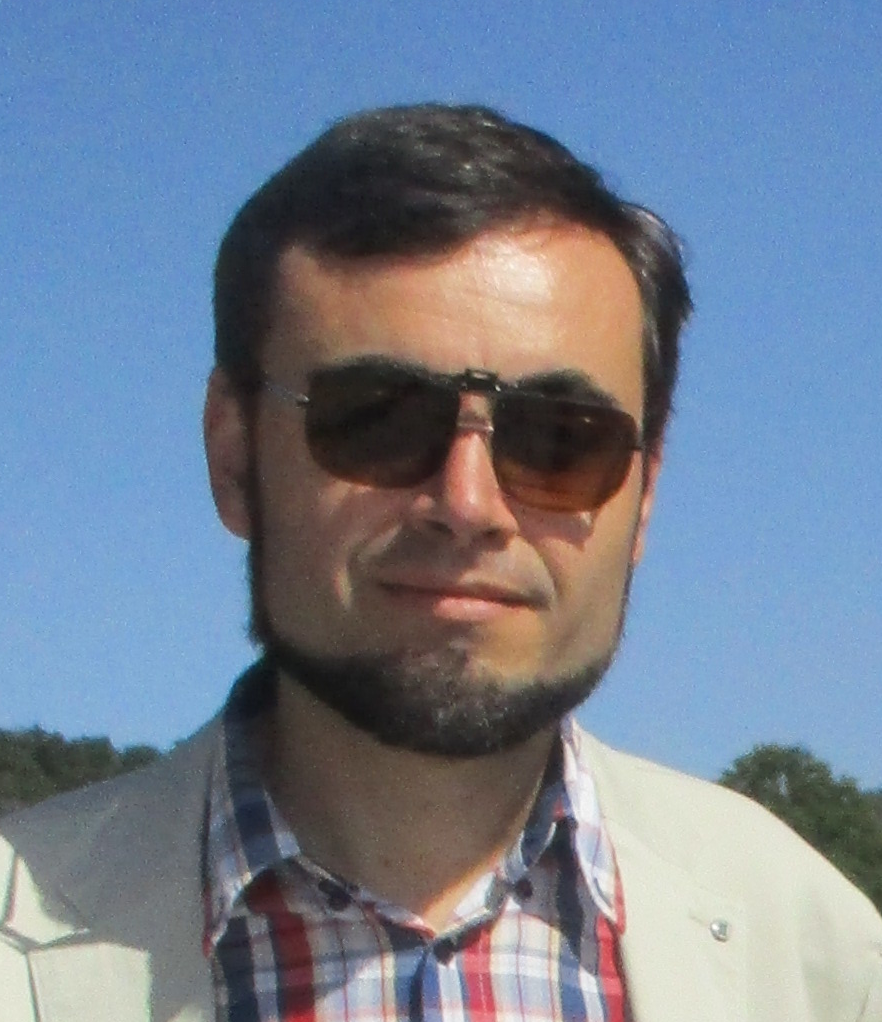
I am researcher at CNRS (LSCE) and professor at the Vrije Universiteit Amsterdam. I started the iLOVECLIM model back in 2007 when I forked it from the LOVECLIM model in the view to make it more complete, more accessible for master level students and ensuring a better portability. This has been already a long journey and allowed meeting and working with numerous people and cross-cutting issues over the years. I am still in charge of the coherence of the model code base and of the general steering of the group. I also carry on my long term interest in isotopes in the climate system, specifically in water isotopes and there use in palaeoclimate reconstructions.
Nathaëlle BOUTTES

I work at LSCE in Saclay (France) and my focus is on understanding the carbon cycle during the Quaternary. I use iLOVECLIM to test various hypotheses of mechanisms that could have played a role in the past, and to evaluate their potential impact in the future.
Pepijn BAKKER
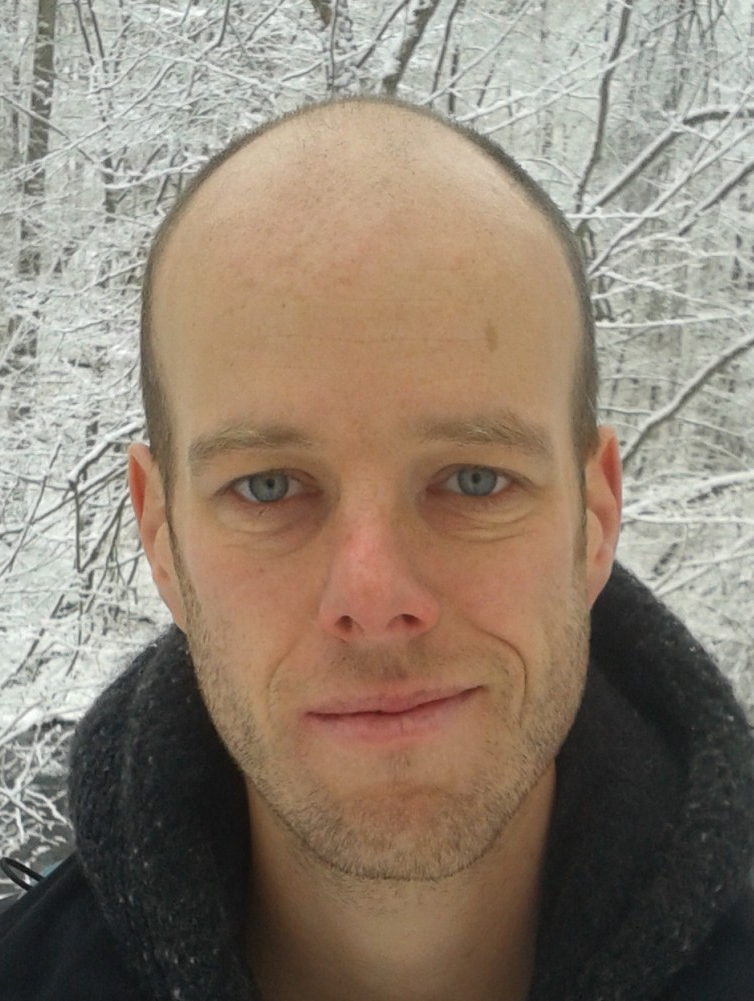
My research focus is on studying the dynamics of the climate system on time-scales of centuries to thousands of years. Using iLOVECLIM I study the sensitivity and evolution of the climate, carbon cycle and ice sheets. Among many things I’m interested in the last deglaciation, rapid climate change like the DO-events, but my main focus is on interglacial climate change.
Aurélien QUIQUET
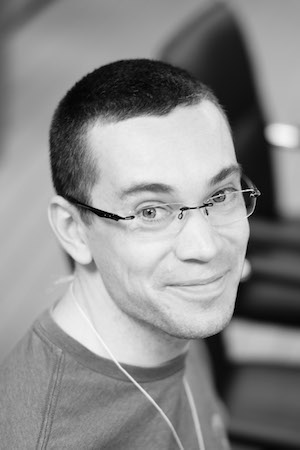
I am a climatologist with a primary research interest on ice sheet dynamics and its link to climate change. For that, I am developing an ice sheet model (GRISLI) and use it for a variety of applications: glacial-interglacial cycles, past rapid deglaciations, future evolutions of Greenland and Antarctica, intercomparison exercises,... I am also working on the inclusion of GRISLI within the rest of iLOVECLIM model. The resulting coupled GRISLI-iLOVECLIM model is a great tool to study the ice sheet - climate relationship, and its associated feedbacks, at centennial to multi-millenial timescales.
Thibaut Caley
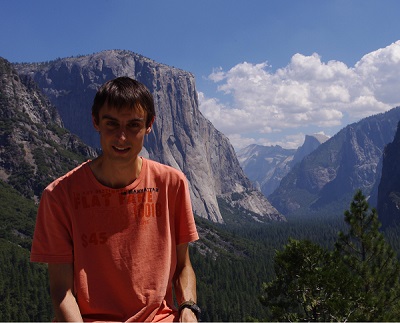
I am a CNRS researcher at EPOC laboratory, Bordeaux University, France. I have strong interests in data-climate model comparisons. I perform climate simulations of water stable isotopes in the three-dimensional coupled numerical model of intermediate complexity iLOVECLIM for specific time periods. The results are integrated with paleoclimatic reconstructions to evaluate the model and improved our understanding of climate proxies, isotopic processes and the climate system. I also realize syntheses of global paleoclimatic data for water stable isotopes in continental and marine realms.
Thomas Extier
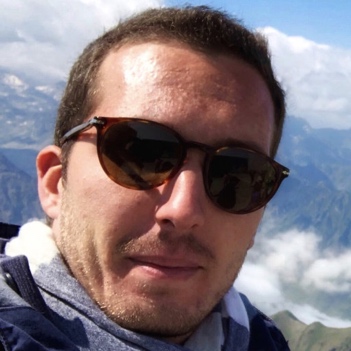
I work at EPOC (University of Bordeaux) and my research focus is on the interaction between the water cycle and the terrestrial biosphere over the last 800 000 years. I use the vegetation component CARAIB and develop isotope proxies in it, such as the hydrogen isotopic composition of leaf wax (δDwax). The quantitative estimation of this proxy helps to decipher the influence of the water cycle, the biosphere and the climate on its variations. The model results are integrated with paleoclimatic reconstructions to evaluate the model and to propose revised isotope fractionation coefficients.
Héloïse Barathieu
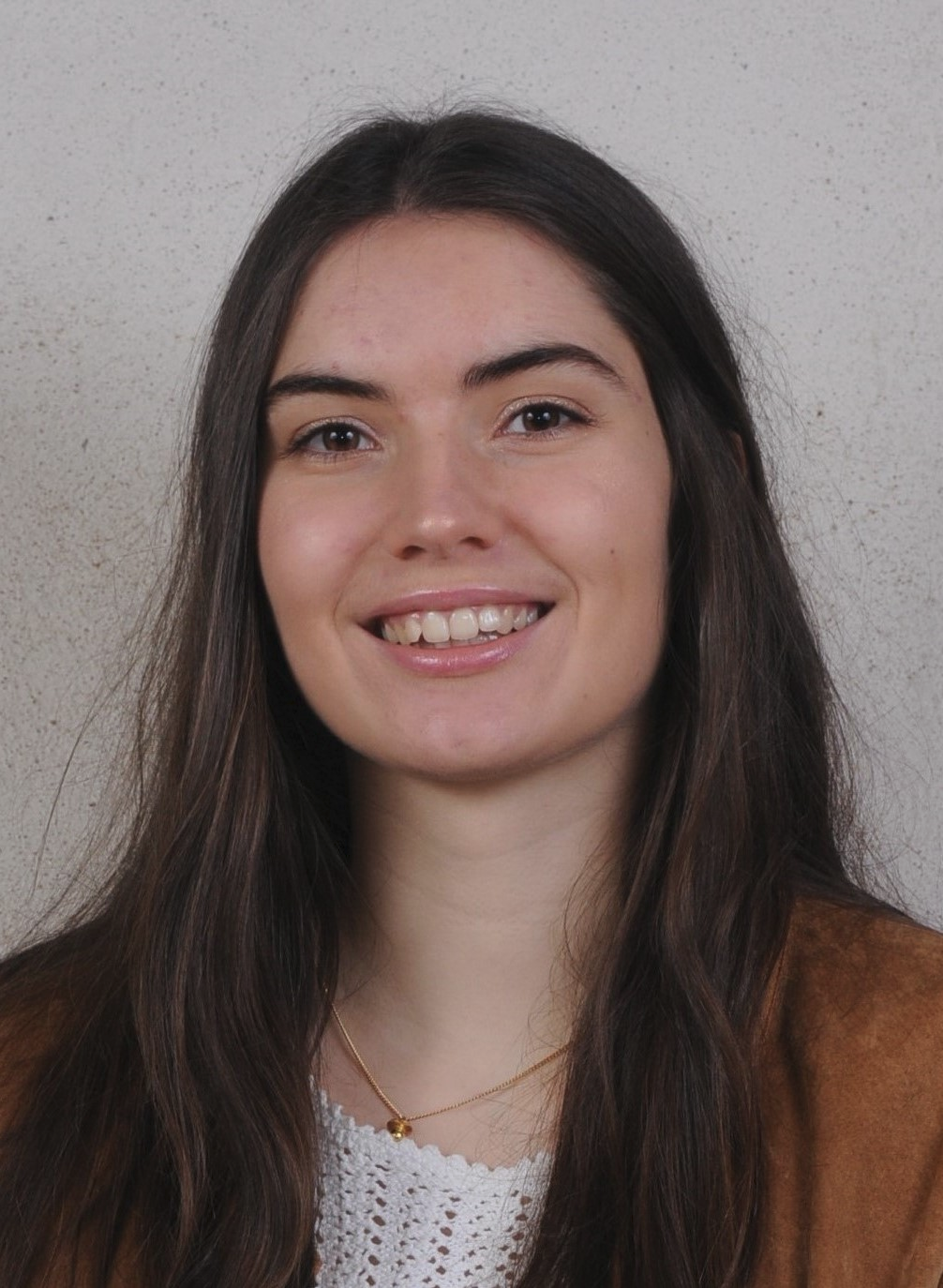
My PhD research at the EPOC laboratory (University of Bordeaux) focuses on evaluating the low latitude hydrological cycle in numerical climate models by constraining past ocean salinity changes, over the last 23 kyr. With iLOVECLIM, we can perform climate simulations including water isotopes. The results are compared and integrated with paleoclimate records from marine sediment cores in the Indian and Atlantic oceans.
Maxence MENTHON
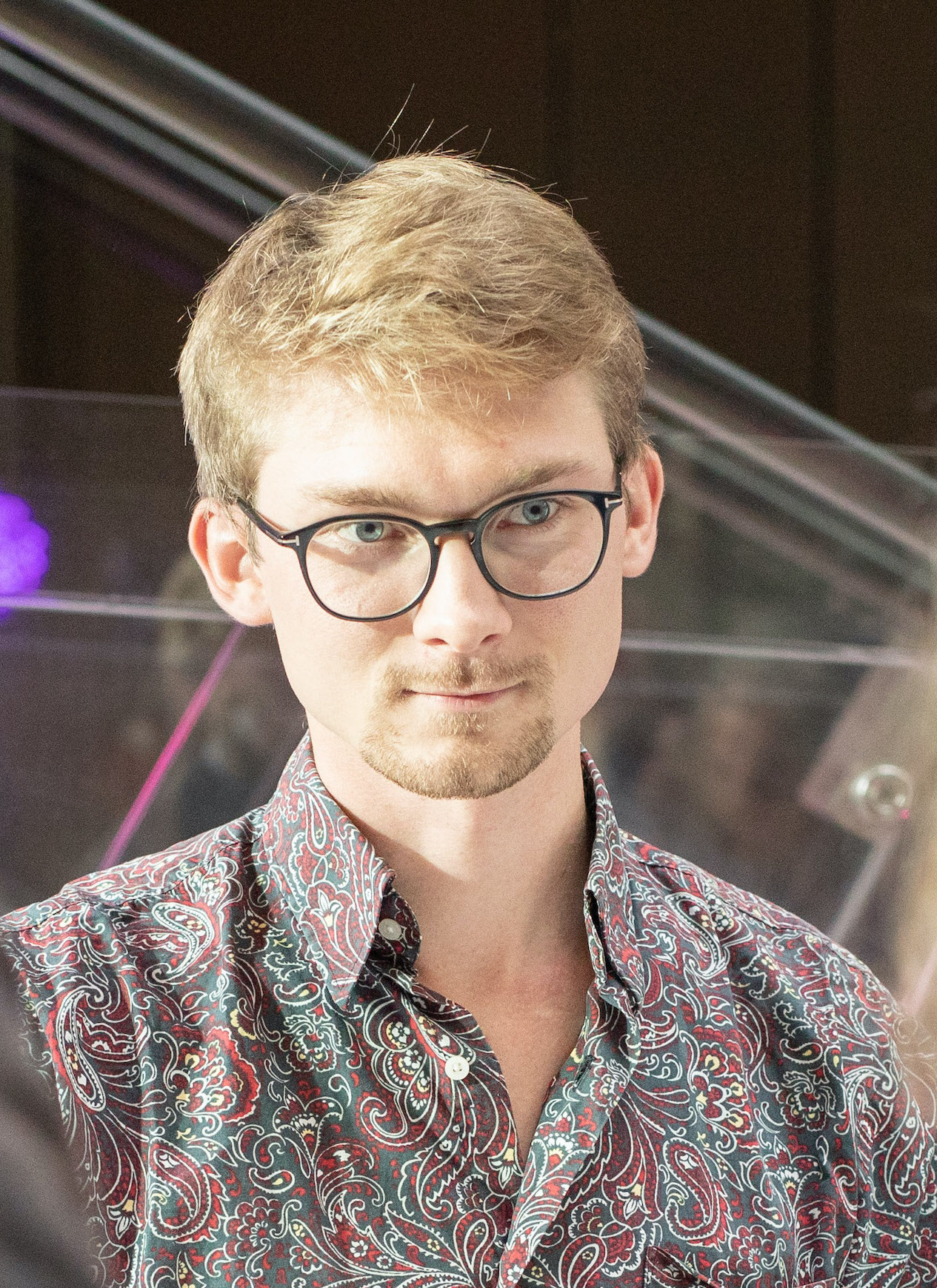
My PhD research at Vrije Universiteit Amsterdam focuses on understanding the evolution of the Antarctic ice sheet during the last interglacial in order to constrain its future contribution to the sea level rise. To do so, I use iLOVECLIM coupled with the ice-sheet model GRISLI. In this scheme, I make improvements in the ice-ocean interaction which is key to have a realistic ice-sheet - climate sensitivity. All along my research, model-data comparisons are made with geological records from marine sediment cores and ice cores.
Anhelina ZAPOLSKA
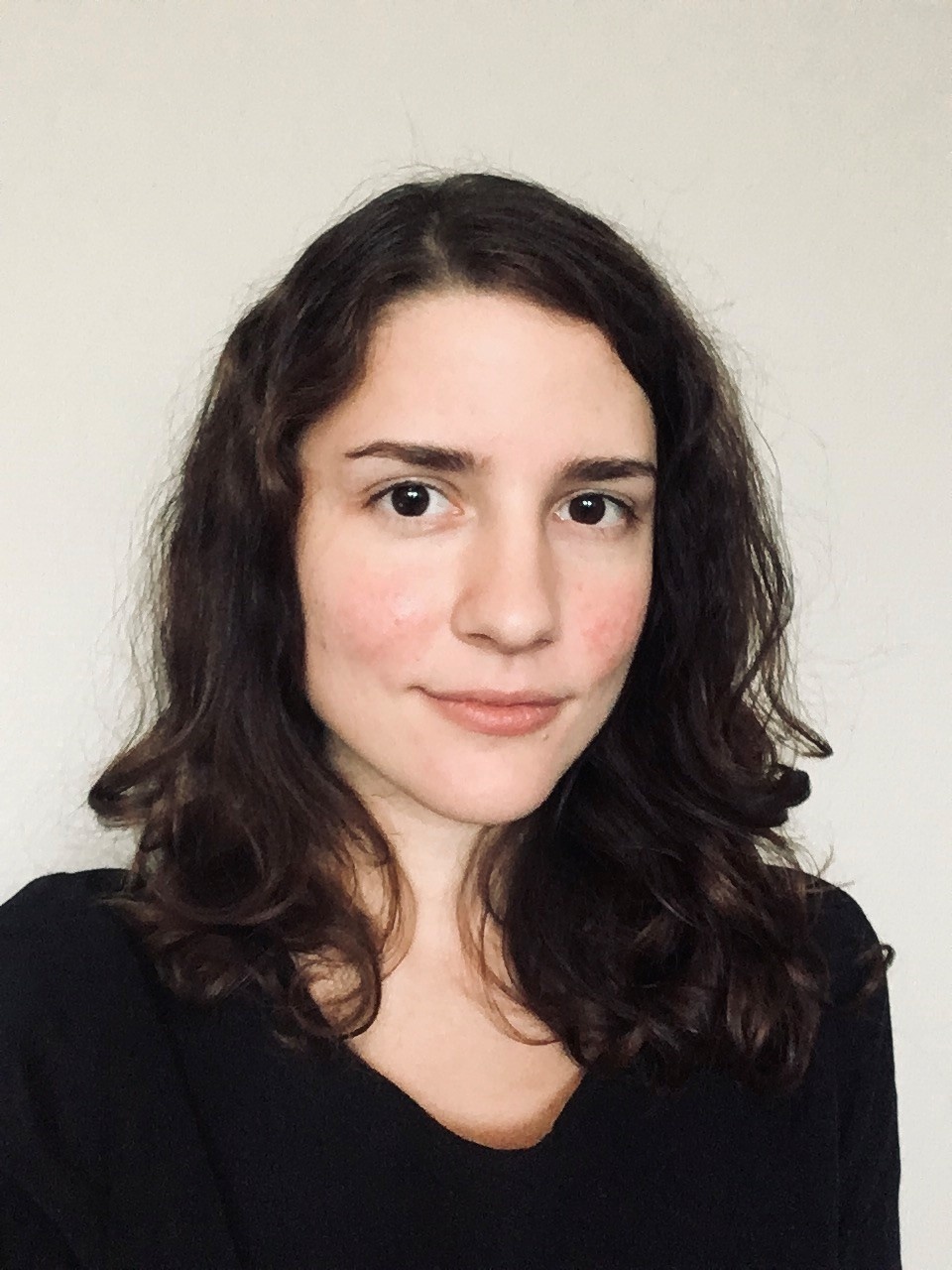
My PhD research is focused on modelling and mapping of landscape settings during the Holocene. I perform coupled climate (iLOVECLIM model) and land-surface evolution modelling (CARAIB model) over continental Europe, and use previously published information about the current state of the land-cover reconstruction as well as findings of researchers of the TerraNova project in order to better understand the combined effects of climate and anthropogenic activities on the development of European landscapes. The simulations are conducted using a recently developed spatial downscaling technique within the iLOVECLIM model. The main expected output of my work is an input to a digital Atlas of land-cover change during the early to mid-Holocene.
Fanny LHARDY
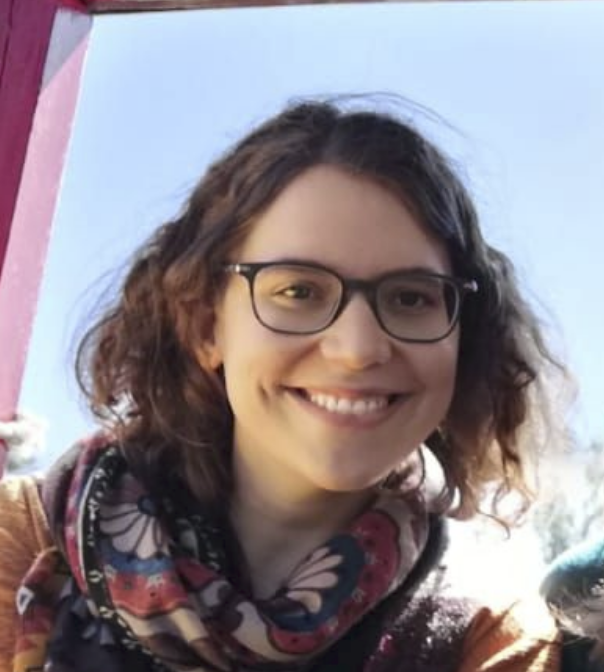
My PhD at LSCE is on the role of sea ice on deep ocean circulation and carbon storage at the Last Glacial Maximum (LGM). I perform coupled climate-carbon simulations with the iLOVECLIM model under LGM forcings and boundary conditions. I evaluate the simulated Southern Ocean sea-ice cover, Atlantic Meridional Overturning Circulation, and carbon content in reservoirs through model-data comparison, using available proxy data compilations at the LGM. I notably test the influence of brines sinking, Southern Ocean westerly winds, vertical mixing, and boundary conditions implementation (e.g. ocean volume) on these three variables and their potential relationships.
Tristan VADSARIA
I am a postdoc researcher at the UiT the Arctic University of Norway. During the last years, my research focused on paleoceanography using various climate models: from the regional scale with the occurrence of the last sapropel (anoxic) event during the Early Holocene in the Mediterranean Sea, to the global scale with the change in the Atlantic circulation occurring at LGM (last glacial maximum) and throughout the last deglaciation transition. I am now involved in the development of the iLOVECLIM model by implementing the Nd seawater isotopic composition. This tracer will help to provide more information on how water masses acquired their isotopic signature in past periods such as the LGM and the Last Interglacial Period.